Quick Wins, Big Energy
You’ll learn DAILY steps you can stick to — simple, practical habits that boost alertness, mood, and stamina without drastic routines, each designed to stack so your energy compounds throughout the day for sustained focus, better recovery, and brighter days.
What You’ll Need
You need a water bottle, a simple tracker (phone or notebook), basic kitchen staples, a quiet 10-minute space, and willingness to try small changes for one week.
Kickstart Your Day with Hydration and Movement
Want a natural energy boost in two minutes? Hydrate, stretch, and fast-walk away morning fog.Drink 250–500 ml of water within 15 minutes of waking to restore fluids and jumpstart circulation. Keep a filled bottle by your bed so you can sip before you even stand.
Move for 3–7 minutes with a quick mobility routine to raise core temperature and wake your nervous system. Follow this simple sequence:
Make it non-negotiable: keep a 5-minute playlist ready and place your bottle on the nightstand. If you’re rushing, do one minute of purposeful movement (marching in place or a flight of stairs) plus a quick drink—this cuts grogginess and sharpens focus for the next hour. Picture yourself finishing that minute and feeling noticeably clearer; that tiny win sets the tone for the rest of your day.
Fuel Smart: Protein, Fiber, and Power Breakfasts
Skip the sugar crash—what you eat before 9 a.m. can make or break your afternoon energy.Choose a breakfast that mixes quality protein (eggs, Greek yogurt, smoked salmon, or plant-based protein), fiber-rich carbs (oats, whole-grain toast, fruit), and a little healthy fat to stabilize blood sugar.
Prep quick options—overnight oats with protein powder, hard-boiled eggs, or a savory yogurt bowl—to remove decision friction. Pair with water or unsweetened tea. Eat this consistently to train your metabolism to provide steady fuel and prevent energy dips that lead to reactive caffeine and sugar binges.
Use Microbreaks and Movement Sprints
Think you need an hour gym session to feel energized? Try 5-minute movement sprints instead.Break your day into focused blocks (50–90 minutes) and follow each block with a 3–7 minute active microbreak. Move intentionally: a brisk walk, 20 bodyweight squats, or climbing stairs gets your heart rate up and clears mental fog.
Set a timer or calendar reminder and treat the break as non-optional. Combine standing work, desk stretches, and a quick breathwork cycle (4–4–6 inhale/hold/exhale seconds) to reduce tension and reset attention.
Try these short sprints regularly:
Repeat every work block to boost circulation, sharpen focus, and avoid afternoon energy crashes.
Hack Caffeine and Light for Peak Focus
Use caffeine like a tool, not a crutch—timing and light exposure amplify the benefits.Delay your first caffeine hit 45–90 minutes after waking so your morning cortisol peak settles. Try waiting an hour, then sip coffee to avoid blunting natural alertness.
Combine your caffeine with 10–20 minutes of bright natural light or a lightbox to reinforce circadian cues. Step outside for a short walk or sit by a sunlit window while you drink your coffee.
Avoid sugary mixers and instead pair coffee with a protein snack—Greek yogurt, a boiled egg, or a handful of nuts—to smooth blood sugar and sustain focus.
Track how caffeine affects your afternoon energy and sleep, and adjust dose or timing to prevent late-day crashes. For example, stop caffeine by early afternoon (around 2pm) or at least 6–8 hours before bedtime and note any changes.
Prioritize Short Rest and Nightly Sleep Hygiene
Naps aren’t lazy—they’re energy insurance. Plus, nighttime routines make mornings effortless.Use a 10–20 minute power nap or 15-minute guided rest when you feel a predictable slump. Set an alarm and keep naps short to avoid sleep inertia. For example, at 3:00 pm lie down, play a 15-minute breathing track, then stand and walk for two minutes.
Wind down 60–90 minutes before bed: dim lights, silence screens, and perform a calming ritual like reading, light stretching, or a warm shower.
Keep sleep consistent by aiming for the same bedtime and wake time. Good nighttime habits compound: better sleep delivers higher daytime baseline energy, reduces the need for stimulants, and improves mood and cognitive performance.
Track, Ritualize, and Iterate Weekly
Small habits stick when you measure them—what you track improves. Ready to become your own energy lab?Pick simple metrics: microbreaks taken, hydration checks, sleep score, and midday perceived energy (1–10). Track them in a notebook, notes app, or a quick spreadsheet.
Log one week as a baseline, then review weekly and tweak only one variable at a time—shift breakfast composition, change nap length, or adjust caffeine timing—and note effects.
Create rituals to anchor steps: a morning “hydrate + playlist” routine, an alarmed microbreak, or a 20-minute pre-sleep ritual. Celebrate small wins and iterate based on your real data. Iterate until you discover the precise mix that supercharges your energy.
Make Energy Your Habit
Pick one step to start today, add another every few days, and watch small consistent habits compound into steady, tangible energy. Try it for two weeks, share your results, and commit to building momentum—start right away, please report back soon.


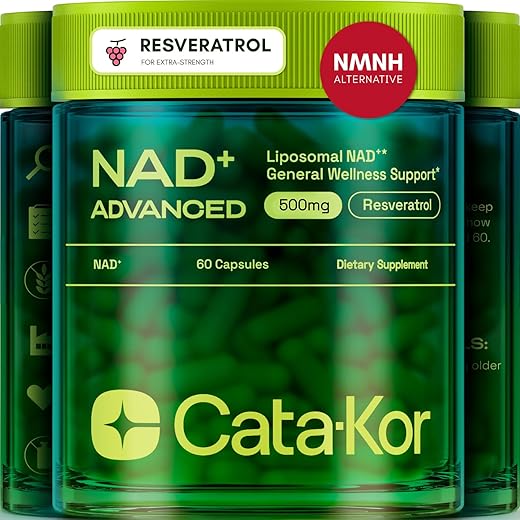
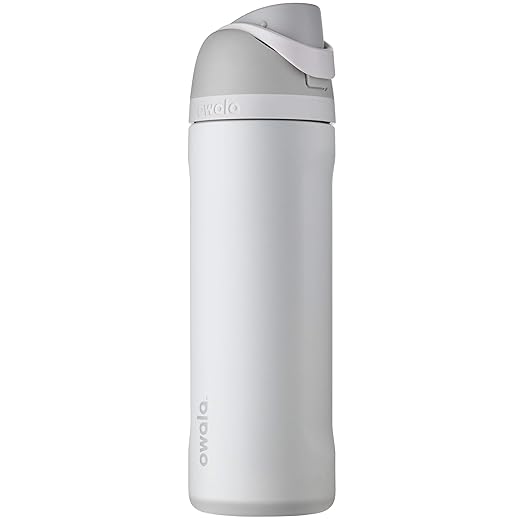

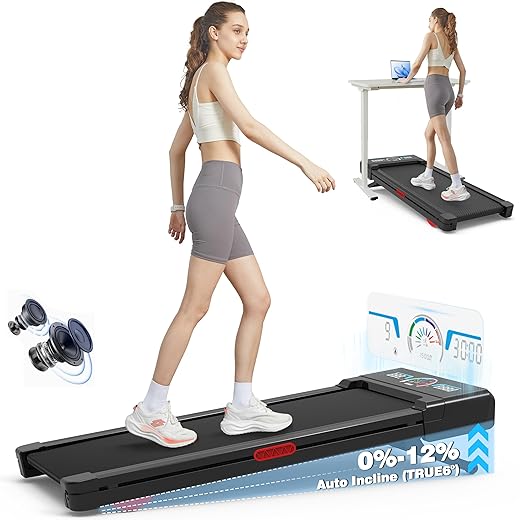
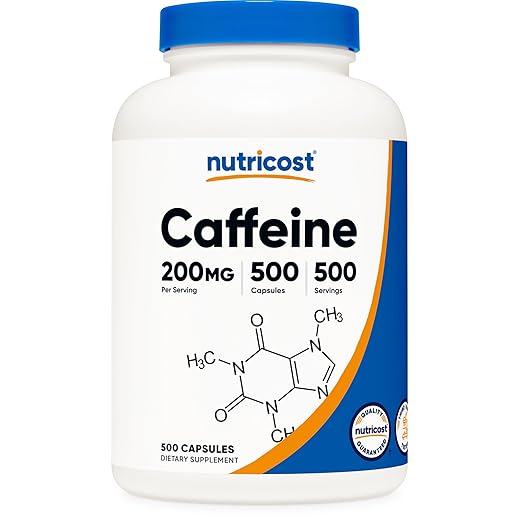

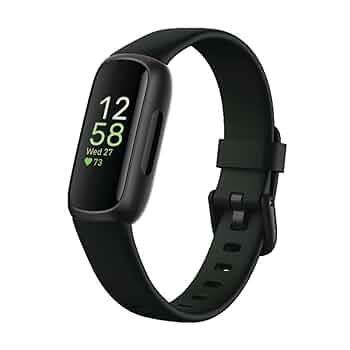



Longer thought — the ‘Make Energy Your Habit’ ending hit home. Energy management > time management for me now.
I rearranged tasks: creative work in the morning after light + caffeine, admin in afternoon after a microbreak. Big improvement.
Also, silly but true: wearing comfy shoes helps me take extra steps without thinking about it.
Comfy shoes + stealth walking = life hack. Will never go back to dress shoes for long days.
Same — I batch creative tasks to mornings. Afternoon meetings are so much easier after a 10-min walk.
Also consider light exposure in the morning to align your circadian rhythm — it amplifies that creative morning window.
Love the strategy of matching task types to energy windows. Shoes = underrated hack 😂. Thanks for the practical example, really helpful for others to visualize.
Love the humor sprinkled throughout the guide. One constructive thought: include more examples for shift workers/night shifts. Their light and sleep hacks need different timing.
Also consider melatonin timing (with doc guidance) for shifting circadian rhythm if needed.
Excellent point — shift workers have unique needs. We’ll add a section with inverted schedules: strategic light exposure, timed caffeine, and sleep anchors for day sleep.
As a former night-shifter, blackout curtains + amber glasses are lifesavers for daytime sleep.
Loved the caffeine + light hack. Low-key the best part for me. Quick tip: if you drink coffee too late your sleep tanks — so watch that 2nd cup timing. Also natural light by a window felt immediate.
That’s a solid personal rule. For most people, a 6-8 hour window before bedtime is a good starting point; adjust based on sensitivity.
100% — caffeine cutoff for me is 2pm otherwise I’m up at 3am staring at the ceiling. 🙈
Small gripe: the guide jumps between day-to-day tips and weekly iteration without a clear template. Could you add a simple weekly review template? Like what to track, what questions to ask, how to iterate?
If you put the template as a downloadable PDF, I’ll print it and stick it on my fridge. 😉
Yes please. A template would make it actionable instead of just aspirational.
Thanks — that’s a great suggestion. I’ll add a one-page weekly review template: wins, friction points, 1 change to test next week, and energy graph. Should be in the next update.
Funny story: tried to do the ‘movement sprint’ at work and accidentally turned my 30-sec sprint into an awkward hallway sprint. Coworkers judged but I felt amazing after 😂. Would love tips for discreet office-friendly options.
Sneaky walk to fill water bottle and back = cardio + hydration. No judgement, just errands 😎
If you have a private stairwell, 1–2 flights at a steady pace is perfect and low-key.
Hah! Office diplomacy matters. Try standing calf raises, desk push-offs, seated leg extensions, or a quick trip to the printer. Short flights of stairs (if available) are also discreet and effective.
I hate to be the downer but: tracking obsessively made me anxious. I set the habit tracker to ‘must’ instead of ‘should’ and spiraled. Anyone else deal with tracking stress and how to dial it back?
This is an important callout. Tracking should reduce mental load, not add it. Try switching to weekly goals, reduce visibility of streaks, or simply log positives (what you did) instead of misses.
I switched from daily to 3x/week tracking and it helped my anxiety a lot. Less pressure = more sustainable progress.
Maybe use a ‘no-shame’ rule: if you miss, write why one line. Makes the tracker a learning tool rather than a judge.
Minor nit: the guide assumes 6 steps = doable for everyone. For some folks with mobility limits, hitting those might be unrealistic. Would love a variant for low-mobility folks — like chair-based movement, seated microbreaks, etc.
Even light arm circles, heel taps while seated, or resistance band pulses count — movement is movement.
Great point and thanks for flagging. We should have an accessibility section with alternatives (seated movements, breathing rituals, upper-body strength bursts). I’ll add that ASAP.
Yes please. My grandma loved the article but couldn’t do the walking bits. Seated exercises would help a lot.